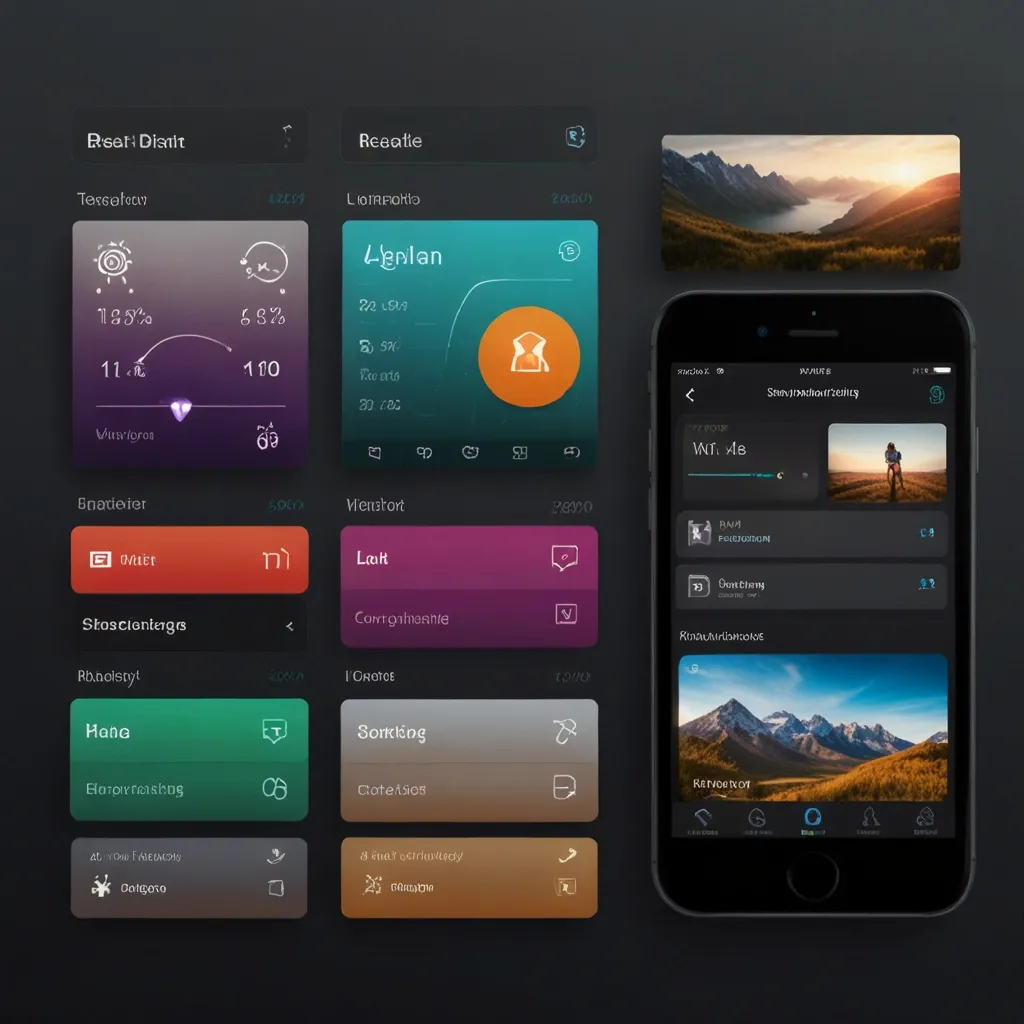Imagine you’re building a fancy treehouse. You want it to be strong, flexible, and perfectly tailored to your needs without unnecessary frills. Enter Koa.js, the next-gen web framework for Node.js. Just like a treehouse with a minimalist design but top-notch functionality, Koa.js stands out amid the dense forest of web frameworks.
What Makes Koa.js Special?
Koa.js is like the cool, modern sibling among web frameworks. Created by the same folks behind Express, it takes a different approach. While Express is packed with features right out of the box, Koa.js opts for a leaner, more modular framework. It’s designed to be small but expressive, making it easier to build and manage web applications.
The Fancy Stuff: Async Functions and Error Handling
One of the most appealing aspects of Koa.js is its use of async functions. This nifty feature streamlines error handling and gets rid of those pesky callbacks. Think of it as going from trying to solve a maze in dim light to solving it under a bright spotlight. Async/await makes your code look and feel synchronous while handling asynchronous operations, which keeps everything cleaner and more manageable.
The Middleware Magic
Koa.js doesn’t come pre-loaded with lots of middleware. Instead, it provides a sleek suite of methods for writing servers swiftly and enjoyably. You get to cherry-pick the middleware you need, which keeps your application light and modular. The middleware in Koa.js works like a well-organized stack; each piece plays its part efficiently, making the whole system easy to extend and maintain.
The Context Object: Your New Best Friend
In Koa.js, the context object, or ctx, has your back. It replaces the traditional req and res objects found in Express. This ctx object encapsulates all the juicy details of the request and response, along with nifty methods and properties that simplify handling them. It’s like having a multi-tool instead of a cluttered toolbox.
A Quick Hello World with Koa.js
Setting up a basic Koa.js server is a breeze. Here’s a simple “Hello World” example to get you started:
const Koa = require('koa');
const app = new Koa();
app.use(ctx => {
ctx.body = 'Hello World';
});
app.listen(3000);
See? Just a few lines of code and you have a server running on port 3000. The app.use method defines middleware functions, while app.listen fires up the server. Easy peasy.
Performance and Scalability: Built to Handle It All
Koa.js isn’t just a pretty face; it’s designed for top performance and scalability. By leveraging modern JavaScript features like async functions, Koa.js can handle a high volume of requests like a pro. Its lightweight nature minimizes unnecessary overhead, making it a nimble choice for any project.
Koa.js vs. Express vs. Hapi: The Showdown
Let’s do a quick comparison with its peers, Express and Hapi.
Express, the veteran in the web framework space, offers a comprehensive feature set right out of the gate. It’s like a multipurpose tool kit, which is super handy but can feel a bit bulky and complex for smaller projects. Express augments Node.js’s req and res objects with extra properties, which can be handy but adds some bulk.
Hapi is another heavyweight, designed with large projects and teams in mind. It favors configuration over code, making it a bit boilerplate-heavy for leaner applications. While Hapi boasts a strong community and is used by several big players, it’s not as widespread as Express.
Koa.js, in contrast, is the lean, mean, future-proof machine. It shines in projects that need to be lightweight and modular, making it perfect for small to medium-sized endeavors.
When to Roll with Koa.js
Koa.js is an excellent choice in some specific scenarios:
- Future-Proofing: If you’re aiming for a project that stays relevant and maintainable for years, Koa.js’s modern JavaScript features make it a solid pick.
- Smooth Async Programming: Hate callback hell? Koa.js’s async/await support makes asynchronous programming a breeze.
- Smaller, Modular Projects: For smaller projects, Koa.js’s minimalist design makes it a fantastic option, letting you build without excess baggage.
Community and Support: It’s All About Quality Over Quantity
Sure, Koa.js has a smaller community compared to the giants like Express. But what it lacks in quantity, it makes up for in quality. The dedicated developers behind Koa.js focus on simplicity and cutting-edge JavaScript features, making it an appealing choice for those who prefer a sleek and flexible framework. The only minor drawback is that with a smaller community, you might find fewer pre-built middleware and plugins. But hey, sometimes quality wins over quantity.
Wrapping it Up
Koa.js is like the modern treehouse of web frameworks—efficient, high-performing, and future-proof. It’s ideal for those who want a lightweight, minimalist solution without sacrificing functionality. Whether you’re looking to dodge callback hell, need a scalable framework, or want something that’s easy to maintain over time, Koa.js is definitely worth a serious look.
Understanding its key features and knowing when to use it can help you make an informed choice for your next web project. So, the next time you’re pondering over which framework to use, give Koa.js a shot— you might just find it’s the perfect fit for your needs. Happy coding!






